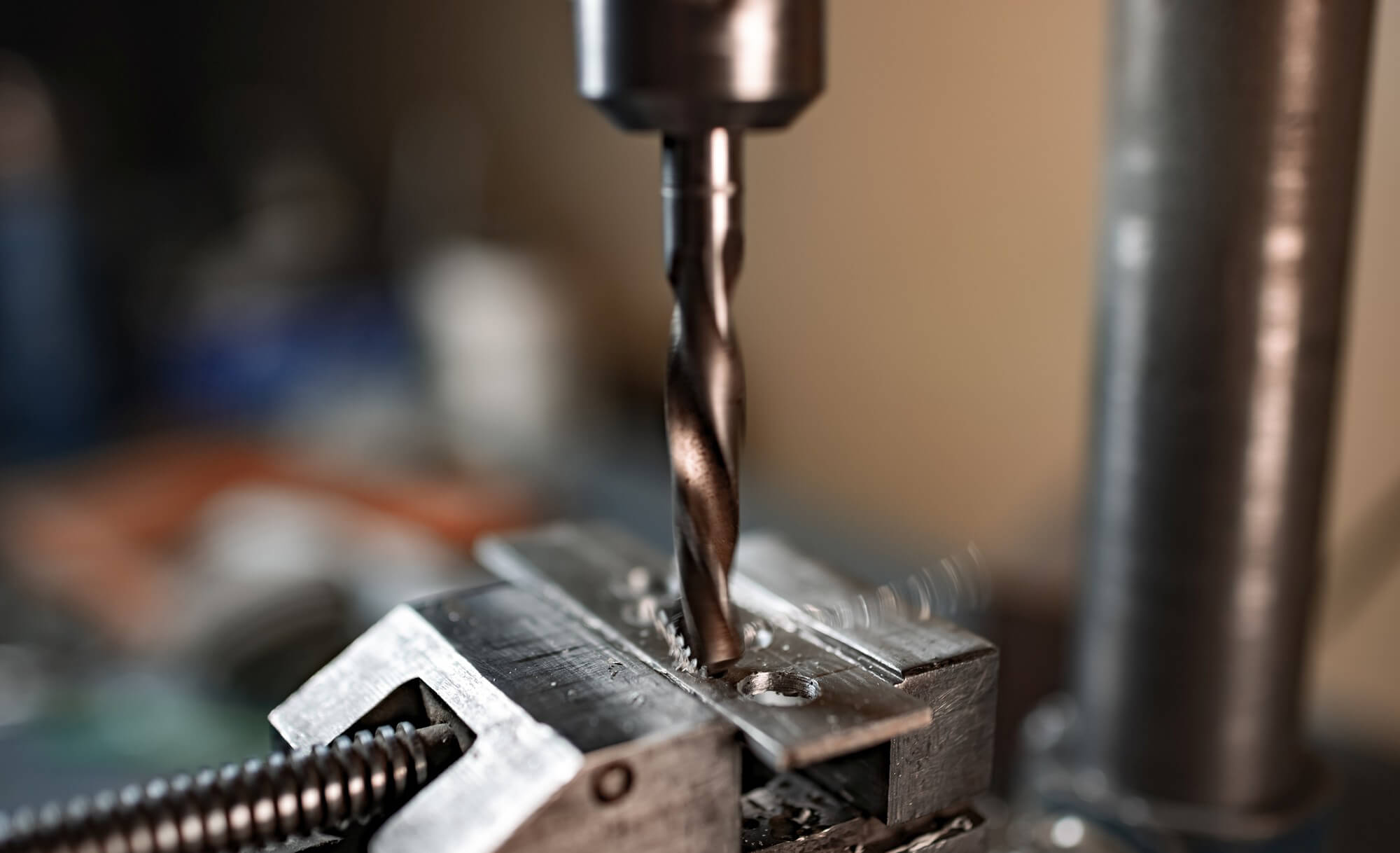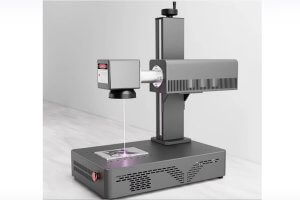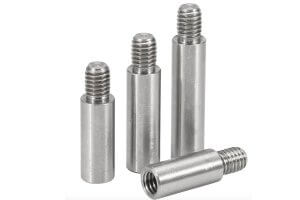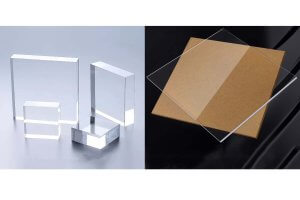Peck drilling, also known as intermittent feed drilling, is an essential technique in the world of CNC machining. It uses fixed cycles, such as G83 (standard peck drilling cycle) or G73 (high-speed peck drilling cycle). The primary difference between these two cycles lies in the retraction method: G83 retracts the drill to the R-plane (usually above the hole) after each peck, while G73 retracts the drill only a small distance (between 0.5 to 1 mm or 0.02 to 0.04 inches). Peck drilling is typically employed for deep holes that cannot be drilled in a single feed motion, but it also enhances standard drilling techniques. Here, we explore various applications and benefits of peck drilling in CNC machining.
Applications of Peck Drilling
Peck drilling is versatile and beneficial in several scenarios:
- Deep hole drilling: When holes are too deep to be drilled in a single pass.
- Chip breaking: Particularly useful for harder materials where shorter chips are easier to manage.
- Clearing swarf: Ensures that chips do not accumulate in the flutes of the drill.
- Cooling and lubrication: Allows better coolant access to the cutting edges of the drill.
- Controlling breakthrough: Provides better control as the drill breaks through the material.
These applications highlight the importance of selecting the appropriate Q value, which specifies the depth of each peck. The smaller the Q value, the more pecks will be required, increasing control and precision.
Typical Deep Hole Drilling Application
In most peck drilling applications, a reasonable Q value is chosen to efficiently complete the task. For instance, drilling a hole to a depth of Z—2.125 with a 0.250 diameter drill and a peck depth of 0.600 would use the following G83 cycle:
N137 G99 G83 X.. Y.. R0.1 Z-2.125 Q0.6 F8.0In this example, the values chosen are suitable for the task, ensuring efficient and precise drilling.
Calculating the Number of Pecks
When the exact number of pecks is crucial, it can be calculated using the total depth of the hole and the specified Q value. The formula for determining the number of pecks is:
Pn = Td / QWhere:
- Pn is the number of pecks.
- Td is the total drilling depth.
- Q is the peck depth.
For example, if the drilling depth is 1.225 inches, with a Q value of 0.5 inches, the calculation would be:
Pn = 1.350 / 0.500 = 2.7Since the number of pecks must be an integer, we round up to the nearest whole number, resulting in 3 pecks.
Selecting the Number of Pecks
Experienced programmers often select the number of pecks based on efficiency. For instance, if three pecks are needed for a hole, the corresponding Q value can be calculated as:
Q = Td / PnUsing a 4.75mm drill with a final depth of 24.925mm, the Q value for three pecks is:
Q = 27.925 / 3 = 9.308333Rounding to three decimal places gives Q = 9.308. Adjustments may be necessary to ensure the final peck is not too small.
Controlling Breakthrough Depth
Peck drilling is also useful for controlling drill breakthrough, especially in hard materials where the drill might push through rather than cut. To manage this, the drilling process can be slowed just before breakthrough. For example, when drilling a 19mm thick plate with a 12mm drill, the final peck might be set just 1.8mm before full penetration, ensuring a controlled and precise breakthrough.
G99 G83 X.. Y.. R2.5 Z-24.1 Q23.3 F..This approach demonstrates the blend of creativity and precision necessary for effective CNC programming.
Practical Example
To illustrate these concepts, consider a specific example with a series of drilling operations using various tools:
- Tool 1 – T01 – 90° Spot Drill: Used for centering and chamfering.
- Tool 2 – T02 – U Drill: Creates the initial hole.
- Tool 3 – T03 – 5/16″ Drill: Drills the through-hole.
- Tool 4 – T04 – 7/16-14 UNC Tap: Taps the threaded hole.
The following program demonstrates these steps:
O2601 (Single Hole Example)
(T01: 90° Spot Drill)
N1 G20
N2 G17 G40 G80 T01
N3 M06
N4 G90 G54 G00 X3.5 Y5.0 S900 M03 T02
N5 G43 Z0.1 H01 M08
N6 G99 G82 R0.1 Z-0.2338 P300 F4.0
N7 G80 Z1.0 M09
N8 G28 Z1.0 M05
N9 M01
(T02: U Drill)
N10 T02
N11 M06
N12 G90 G54 G00 X3.5 Y5.0 S1100 M03 T03
N13 G43 Z0.1 H02 M08
N14 G99 G83 R0.1 Z-1.085 Q0.5 F8.0
N15 G80 Z1.0 M09
N16 G28 Z1.0 M05
N17 M01
(T03: 5/16" Drill)
N18 T03
N19 M06
N20 G90 G54 G00 X3.5 Y5.0 S1150 M03
N21 G43 Z0.1 H03 M08
N22 G99 G81 R-0.985 Z-1.644 F8.0
N23 G80 Z1.0 M09
N24 G28 Z1.0 M05
N25 M01
(T04: 7/16-14 Tap)
N26 T04
N27 M06
N28 G90 G54 G00 X3.5 Y5.0 S750 M03 T01
N29 G43 Z0.4 H04 M08
N30 G99 G84 R0.4 Z-0.95 F53.57
N31 G80 G00 Z1.0 M09
N32 G28 Z1.0 M05
N33 G00 X-10 Y10.0
(Change workpiece position)
N34 M30
%Peck drilling is a critical technique for achieving precision and efficiency in CNC machining. By understanding and applying advanced peck drilling methods, machinists can overcome challenges associated with deep holes, chip removal, cooling, and breakthrough control. This comprehensive approach ensures high-quality results, even in complex and demanding machining tasks.
Other Articles You Might Enjoy
- Elevating Precision Standards through Chamfer in CNC Machining
1. Introduction: The Pursuit of Unparalleled Precision In the realm of CNC machining, precision is paramount. This section introduces the article by exploring the significance of precision in manufacturing and…
- Precision Prowess: Unveiling the Advantages of China CNC Machining
1. Introduction: The Role of Precision in Manufacturing Excellence In this introductory section, we delve into the critical role that precision plays in manufacturing and set the stage for an…
- Revolutionizing CNC Machining for Complex Aerospace Assemblies
Introduction to CNC Machining in Aerospace Assemblies Computer Numerical Control (CNC) machining represents a significant technological development playing a notable role in the creation of complex aerospace assemblies. CNC machining…
- The Role of Prototype Machining in Accelerating Product Development
Introduction: The Importance and Definition of Prototype Machining Prototype machining is a critical element advancing product development. It involves the technique of manufacturing an early model or sample, known as…
- Maximizing Precision in CNC Machining: Techniques and Tips
Importance of Precision in CNC Machining Precision is an fundamental component in the field of Computer Numerical Control (CNC) machining. It entails producing parts that are not only accurate but…
- The Evolution of CNC Machining: From Aluminum to Composite Materials
Introduction to CNC Machining CNC (Computer Numerical Control) machining is a manufacturing process that utilizes computerized controls to initiate and manipulate machine tools, such as lathes, mills and grinders. With…









